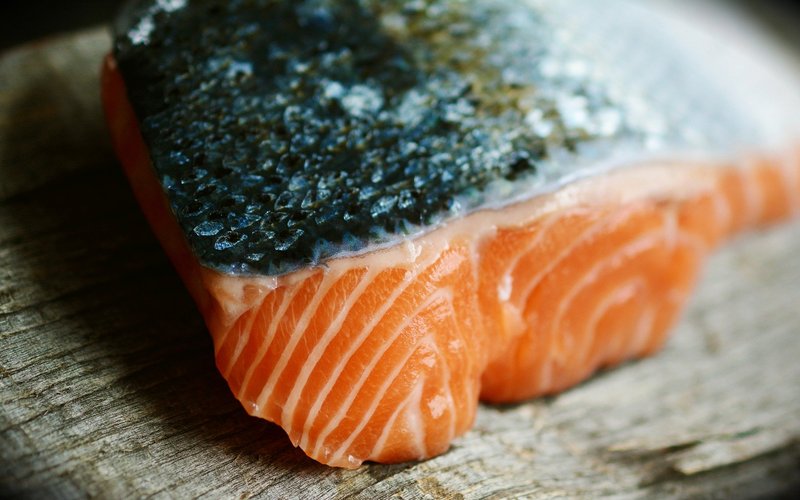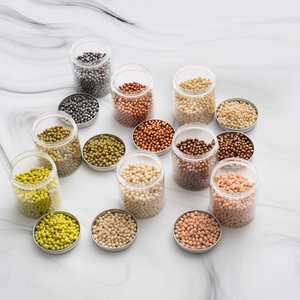Over the past 20 years, plant ingredients have taken over as the main constituents in feed for Atlantic salmon. This has changed the nutrient composition of the feeds, the bioavailability of nutrients and perhaps nutrient metabolism. Plant‐based diets also contain more anti‐nutrients.
The EU‐funded project ARRAINA re‐evaluated recommendations for micronutrient supplementation and provided updated recommendations for diets with high levels of plant ingredients for several fish species such as Atlantic salmon.
BioMar, together with international researchers, compared a diet supplemented with micronutrients according to NRC (2011) (control diet, 100% NP (nutrient package)) with a diet supplemented according to these new recommendations (New NP).
Tissue concentrations of pyridoxine, pantothenic acid, niacin, vitamin C, zinc and selenium were significantly higher and cupper was lower in Atlantic salmon fed the diet with the New NP compared to the control fish. The different micronutrient supplementation in the two diets gave a near significant effect on growth, decreased muscle firmness and increased muscle cell size. It also affected the metabolism of nitrogen‐containing metabolites in the muscle, which could have changed protein turnover and thereby muscle cell size.
Researchers said that “the B vitamins are the most probable candidates to have caused these effects since B vitamins are mediators of intermediary metabolism. In summary, pyridoxine, pantothenic acid, niacin, vitamin C, Zn and Se are the most likely candidates to have given a tendency of growth stimulation and altered fillet quality in fish in the present study.”
Download the study here.













